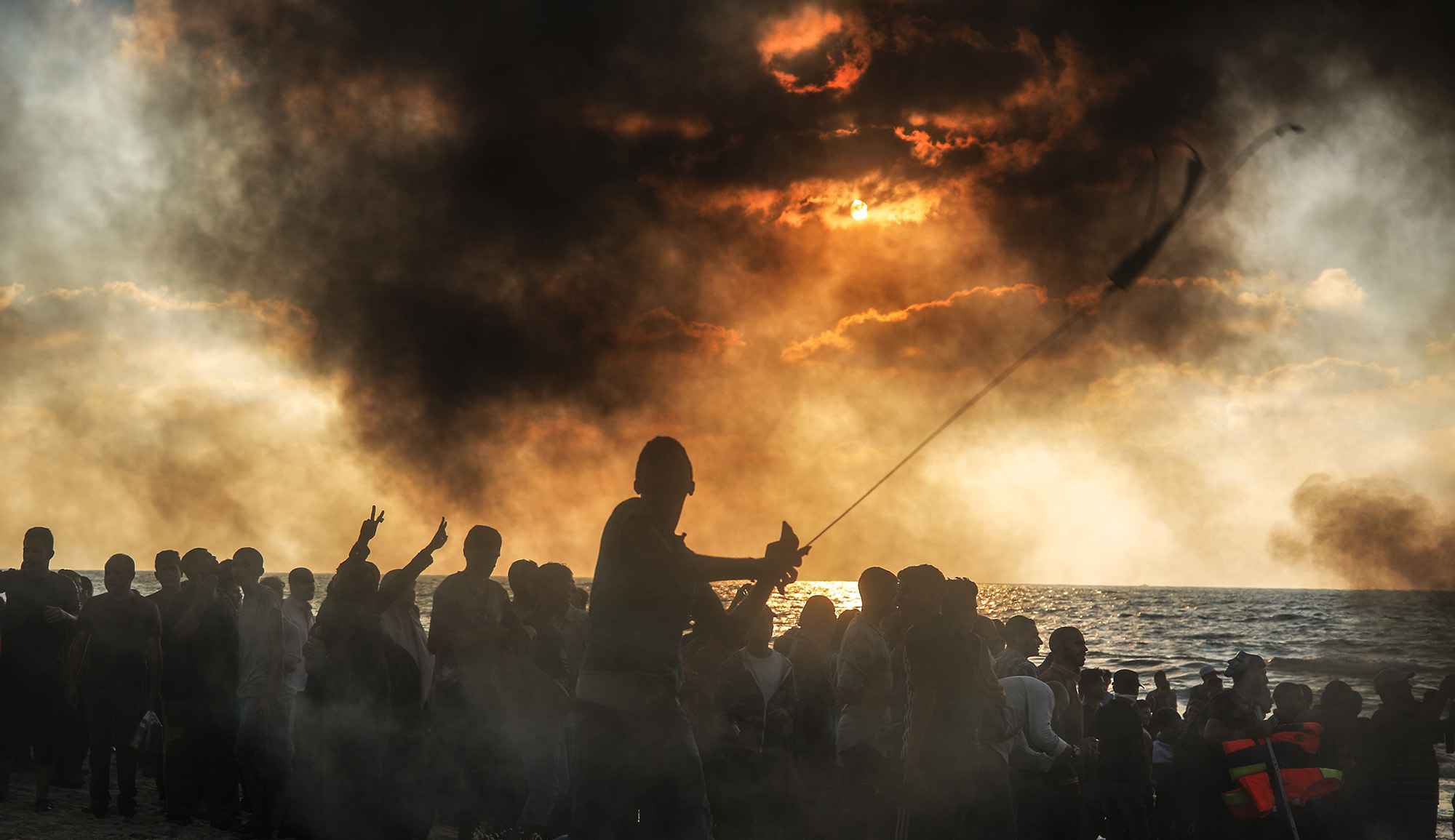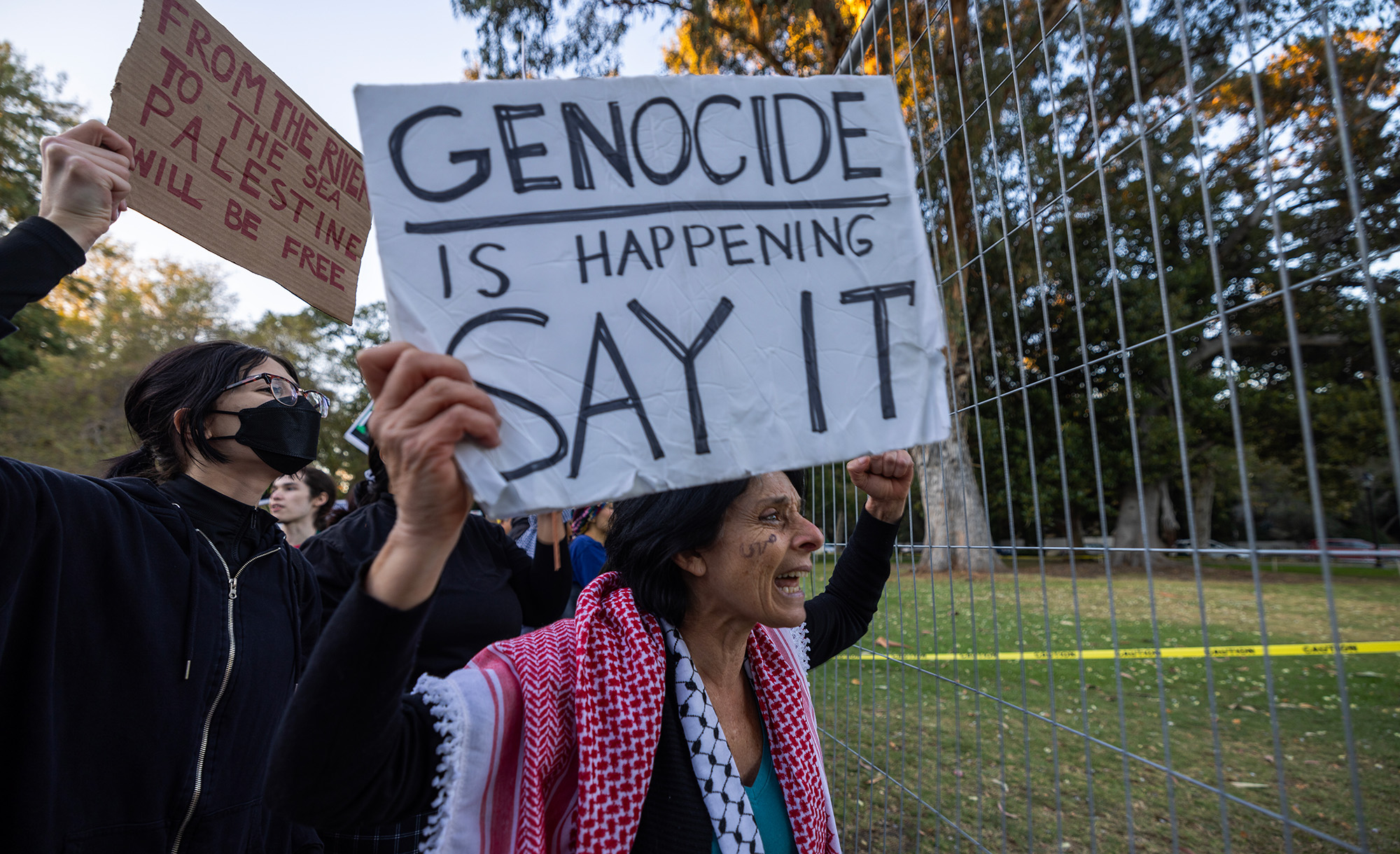Vienna’s grand boulevard, the Ringstrasse, which encircles the center of the city, was home to a large number of well-to-do Jewish families between its construction in the 1850s and the Nazi Anschluss in 1938. Reviewing a new exhibit on the lives of these families at Vienna’s Jewish museum, Liam Hoare writes:
Of the 55 percent of lots on the Ringstrasse that were acquired by private individuals, 44 percent had Jewish owners. Through rock and stone, construction of the Ringstrasse placed Jews at the heart of Viennese economic and cultural life. . . . A new synagogue, the Leopoldstädter Tempel, was built near the Ring in 1858. . . .
[The exhibit] focuses on the lives of this small band of wealthy Jewish families who made their home and their name on the Ring. A house here meant recognition and acceptance, which was achieved through a combination of political and religious liberalism, loyalty to Austria, and a tremendous contribution to the life of the city through patronage of the arts and sciences and charitable donations. . . .
These lush buildings, palaces for the Jewish bourgeoisie, cannot tell the full story of Vienna’s Jewish community during the golden age [of Austrian Jewry], though. While it was a period with many winners, others were not so fortunate. A swath of the Jewish population who arrived in Vienna from the rest of the empire in an attempt to escape the shtetl in the second half of the 19th century faced housing shortages and poverty, while being denied access to state aid.
The architecture also cannot capture what was going on in the wider society, namely, the growth of anti-Semitism in Viennese society that was a consequence of enlightenment, assimilation, and immigration. At the turn of the 20th century, the vile anti-Semite Karl Lueger (for whom a street in the city was named until as recently as April 2012) was mayor of Vienna.
Read more at eJewish Philanthropy
More about: Anti-Semitism, Austrian Jewry, History & Ideas, Jewish history, Vienna


